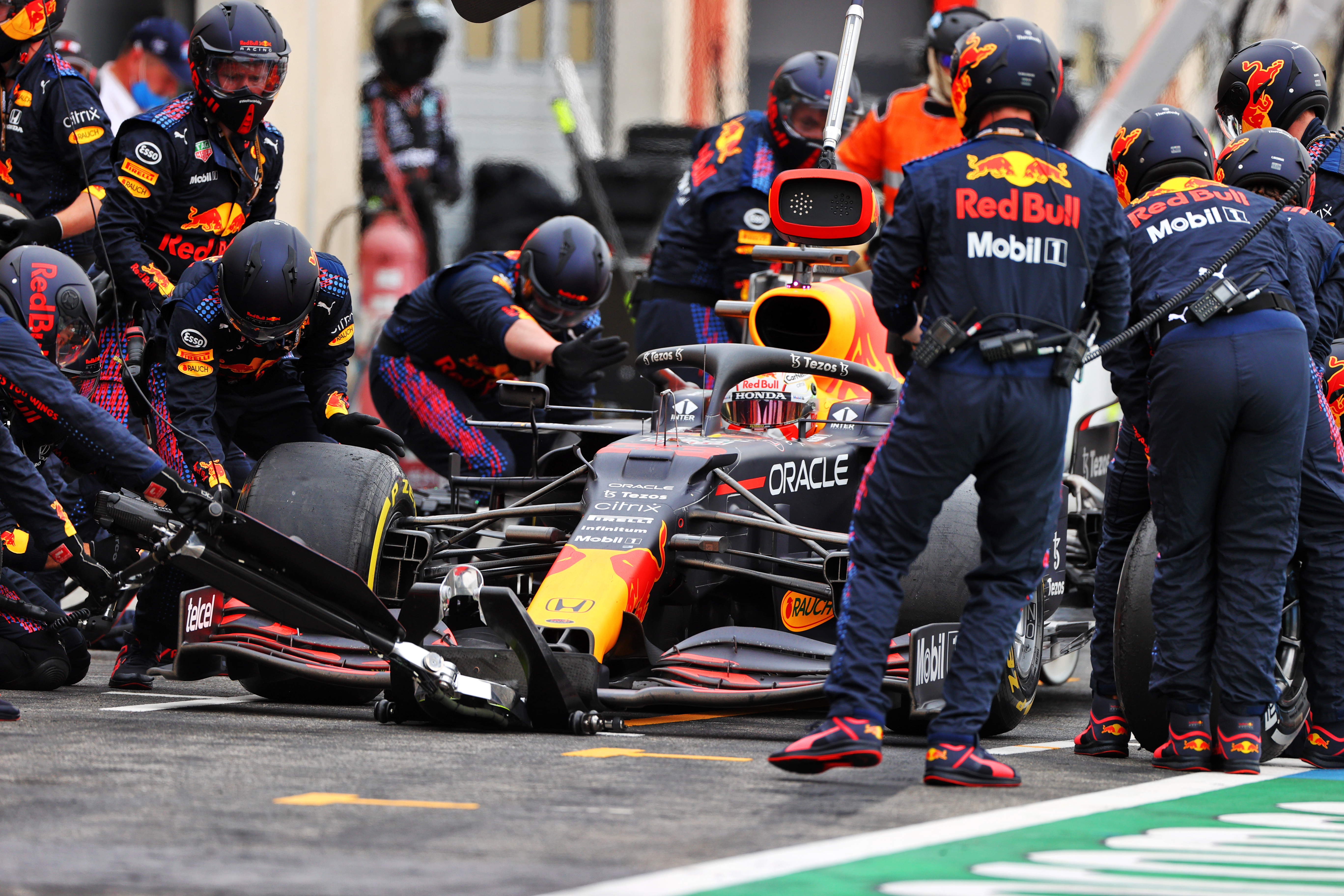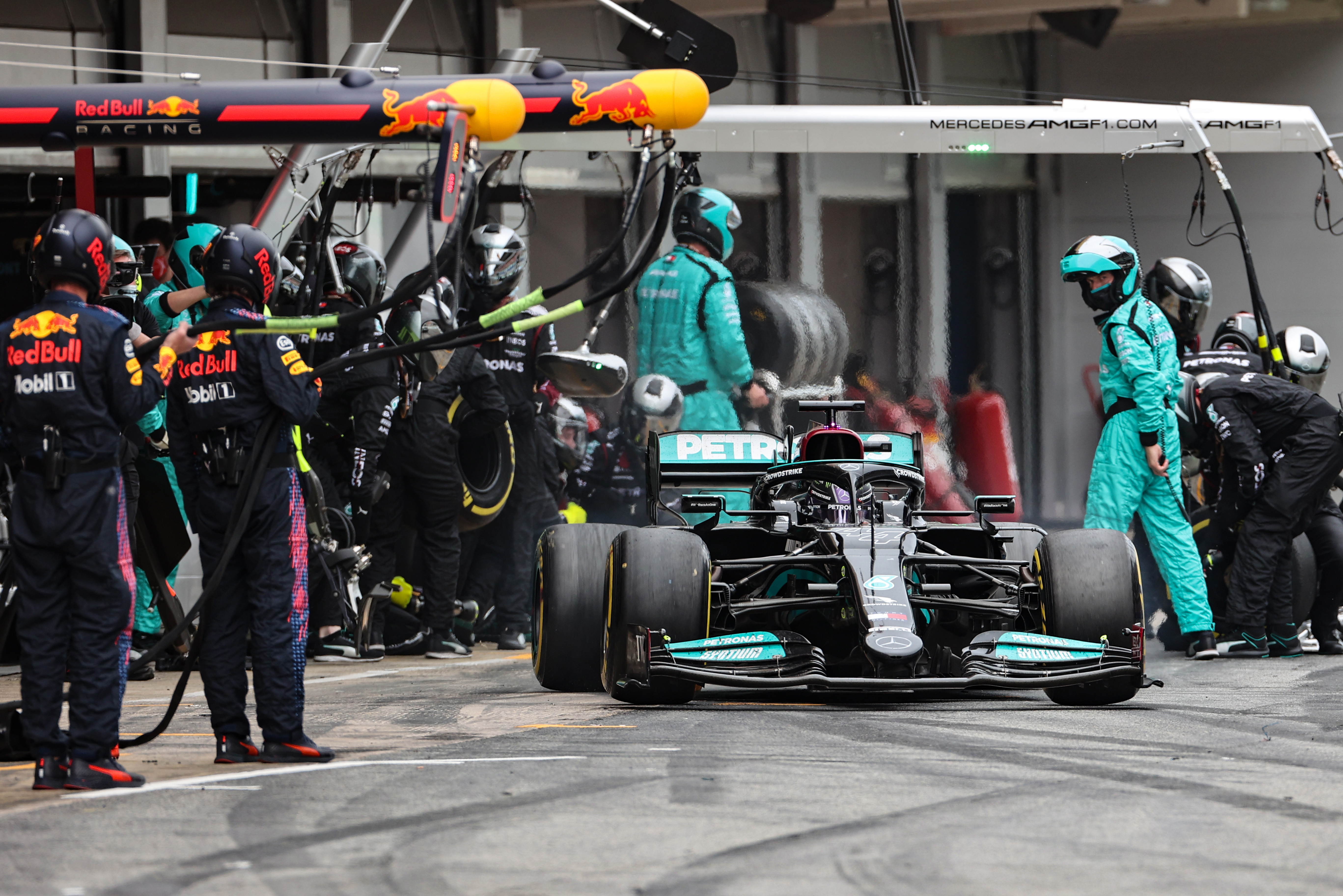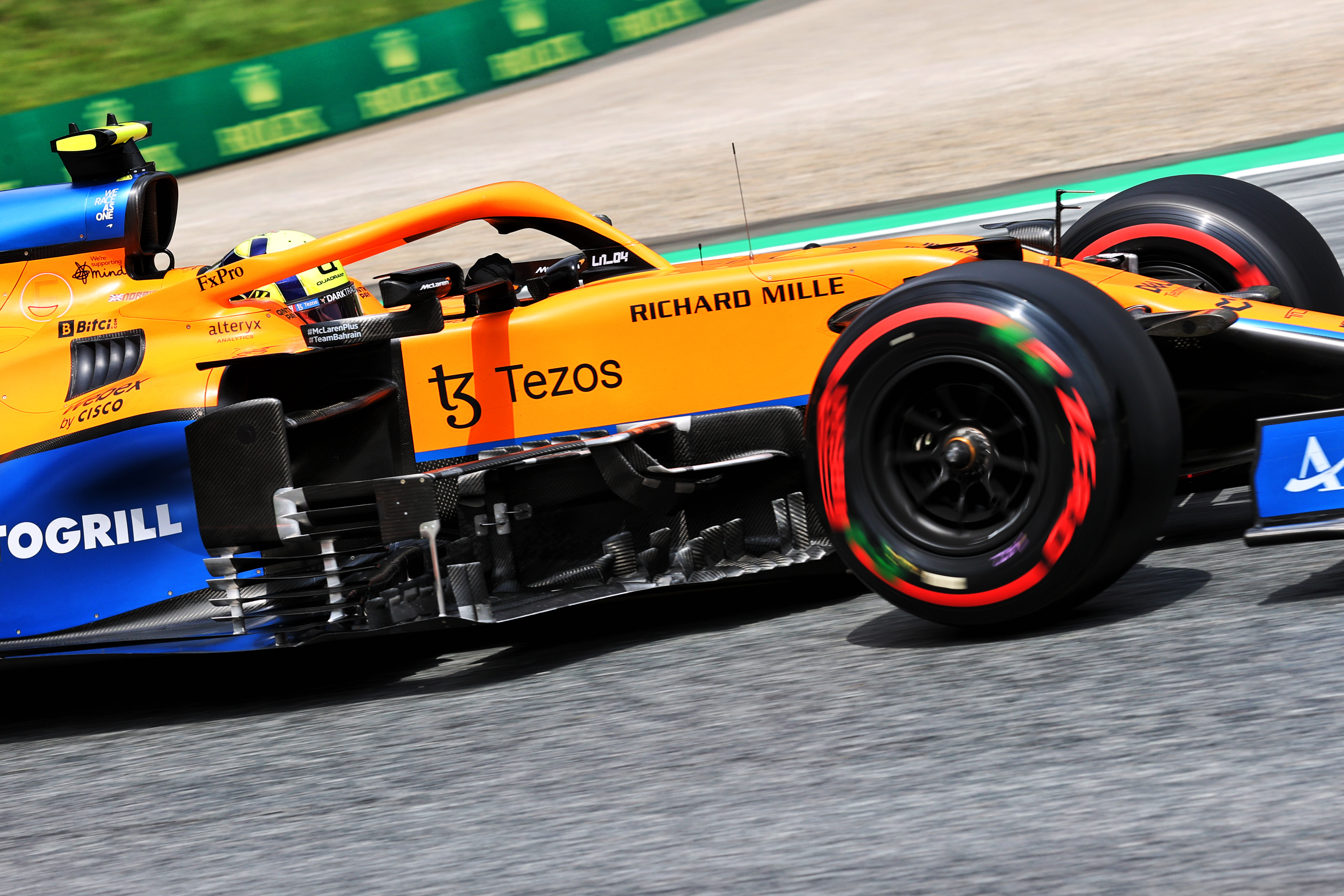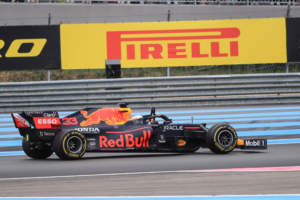Up Next

Red Bull Formula 1 boss Christian Horner believes a new FIA technical directive to slow down pitstops is a result of rivals trying to slow his team down.
From the Hungarian Grand Prix, teams will need to comply with specific instructions that state the front jack release cannot begin until all wheel guns have signalled completion and there must be at least 0.2s between the jack release and the green light being shown to the driver.
The suggestion is that the quickest pitstops in F1, which are sub-2s, are not possible without an element of pre-emption and could be risking cars being released without properly attached wheels or mechanics involved in the process being put in danger.
Red Bull is F1’s benchmark team in performing pitstops.
It has the six quickest pitstops in the 2021 season so far and is leading the 2021 pitstop competition run by F1 partner DHL.
“The technical directive is certainly very wordy and you’d almost have to question whether it’s a change of regulation,” said Horner on Friday at the Styrian Grand Prix.
“But I suppose that we have been very competitive, we’ve got the world record on pitstops, we’ve had the majority of fastest stops and it’s not by accident.

“I find it a little disappointing… it’s the duty of the competitor to ensure that the car is safe and the penalty for a wheel not being fixed is you have to stop the car immediately, so it’s a brutal punishment if you haven’t got all four wheels securely and safely fastened.
“What the technical directive is trying to achieve, I’m not quite sure because I think there’s an awful lot of complexity to it.
“Of course, when you’re in a competitive situation, if you can’t be beaten, then obviously the most logical thing is for your competitors to try and slow you down and that’s obviously what’s happening here.”
Red Bull’s pitstop advantage over Mercedes is based upon having invested more in new tech pitstop equipment at a time when its cars were not as fast as those of its rival.
Mercedes has fallen behind Red Bull on pitstops and has had to accept there is a limit to how much its own performance in that area can be improved until next season.
Last June a technical directive was issued whereby the team’s hugely costly pitstop equipment would become homologated at the end of September until the end of 2021.
Mercedes team principal Toto Wolff said that there had been “some question marks on some things” internally and said it had sought clarification from the FIA on “a safety mechanism”.

He said it was submitted “three or four weeks ago” and “related to a system that we were using, and whether that could be optimised”.
“It was a technology question,” Wolff said. “Did that trigger anything else? Maybe, I don’t know.”
The latest TD comes after FIA intervention on a flexi-wing row – that Red Bull was also implicated in – and suggestions of potential tyre pressure manipulation.
“You can see there’s an awful lot of pointed activity in our direction at the moment,” Horner said when asked by The Race if he felt Red Bull had a target on its back.
“But that comes with the territory of being competitive.
“An awful lot of energy is going into trying to slow the car down, which is I guess what obviously happens in a competitive business.
“It’s something that we are used to, but I’m losing too much sleep about.”

McLaren, who use customer Mercedes engines, backed the new technical directive, with its team boss Zak Brown saying that the recent technical directive – including the new directive issued in the wake of the tyres failures at the Azerbaijan Grand Prix – were needed before “somebody got hurt”.
“Clarifying pitstops most recently and Pirelli talking about tyre pressures, these are all areas where some teams have been pushing the envelope and it required a clarification before somebody got hurt,” Brown told SkySportsF1.
“You don’t know exactly what everyone is doing but we all watch each other, so we definitely felt some people were not within the rules.”






